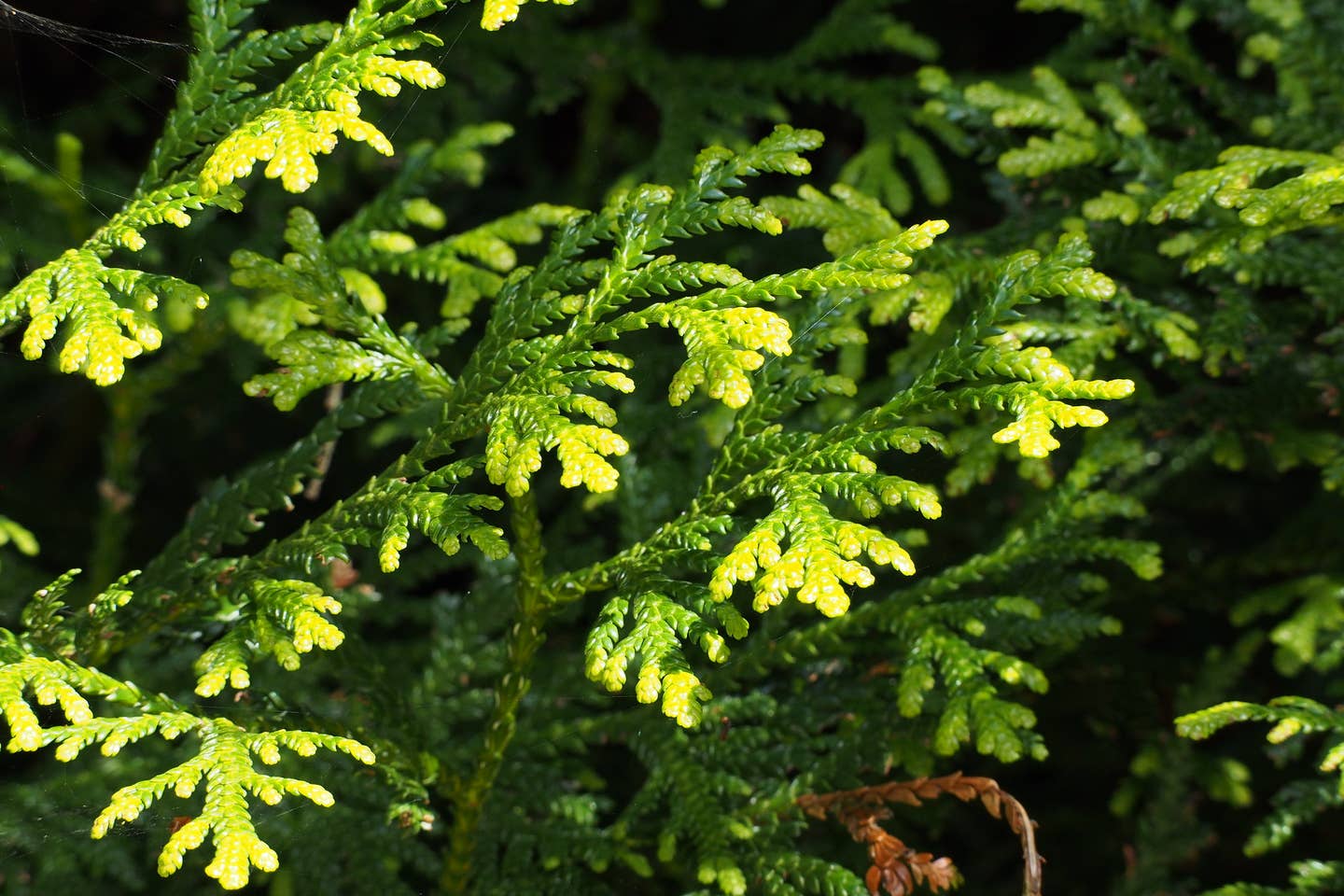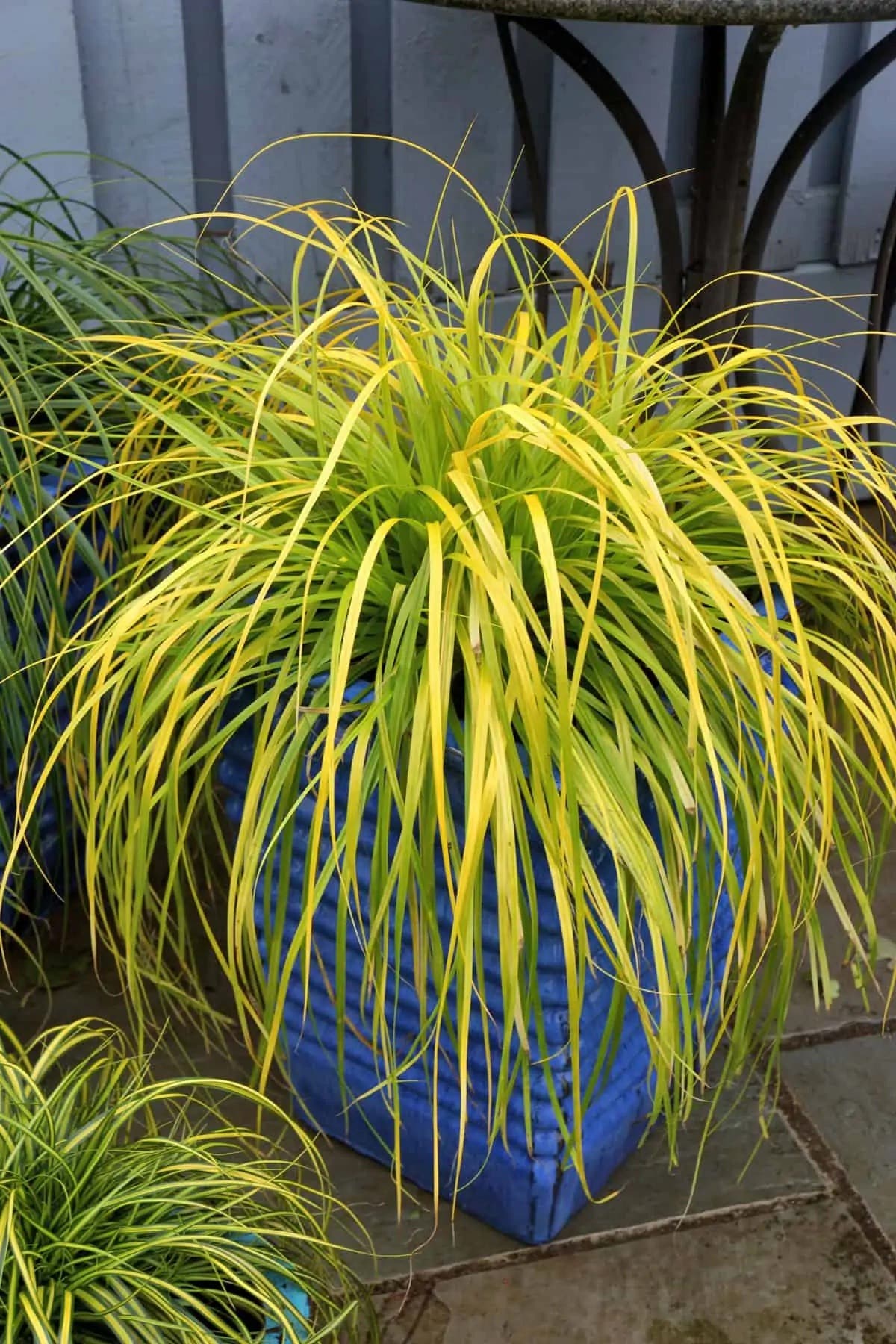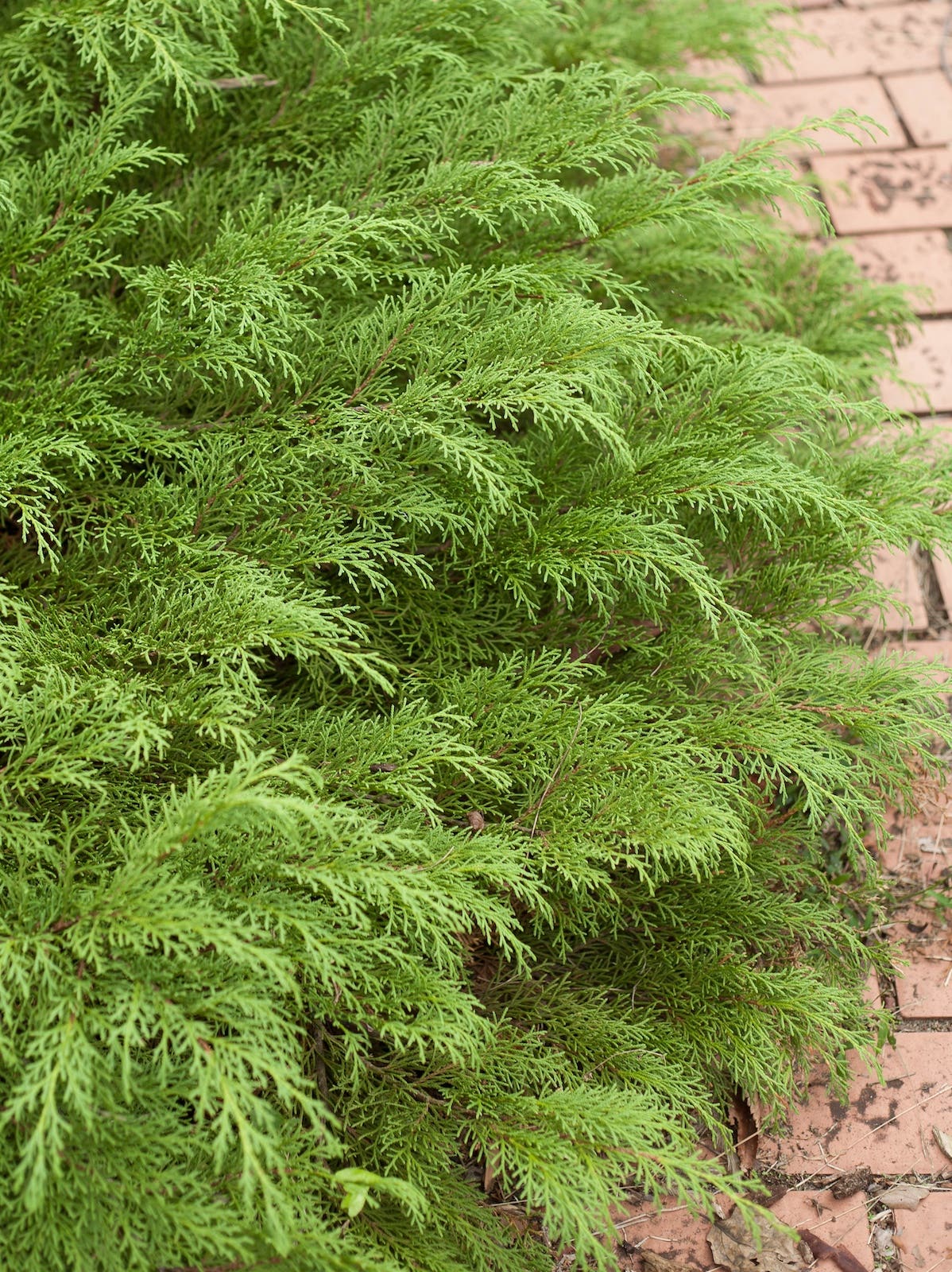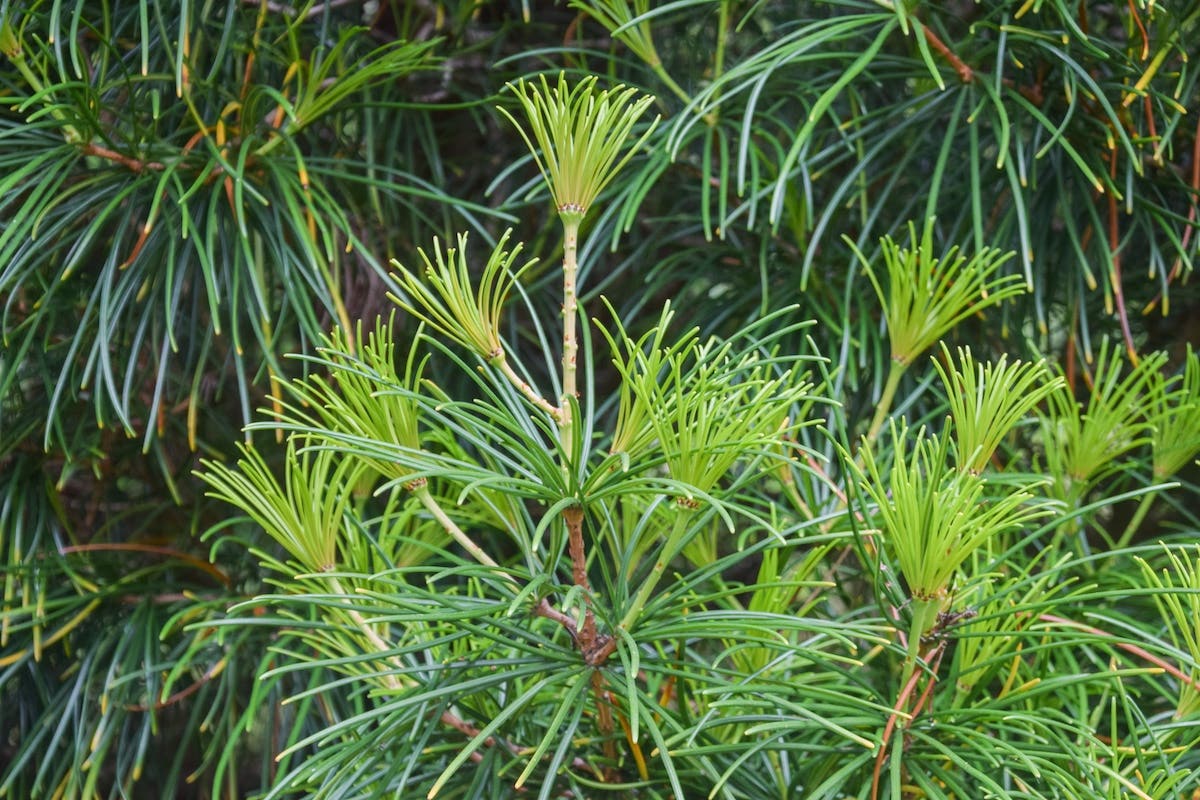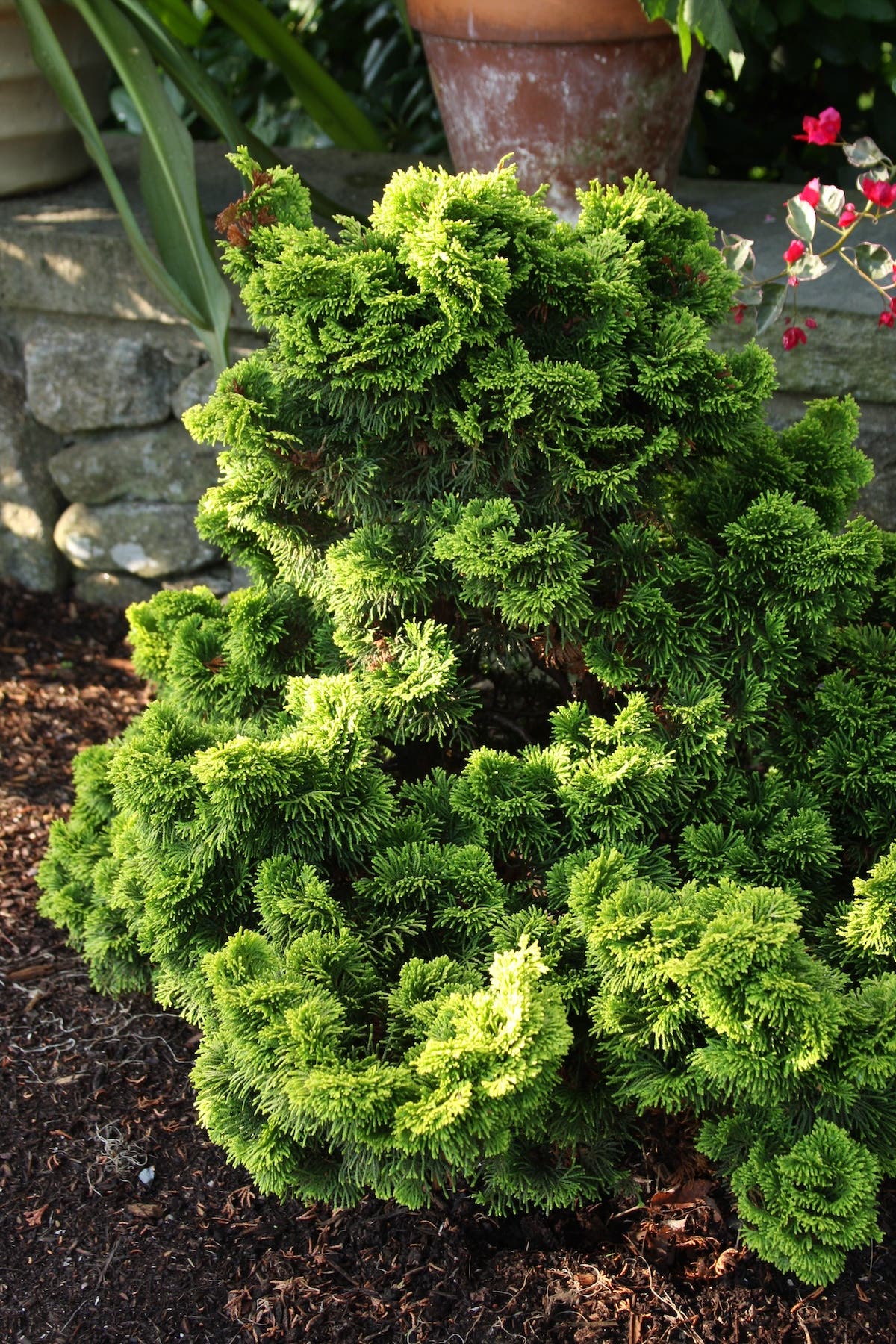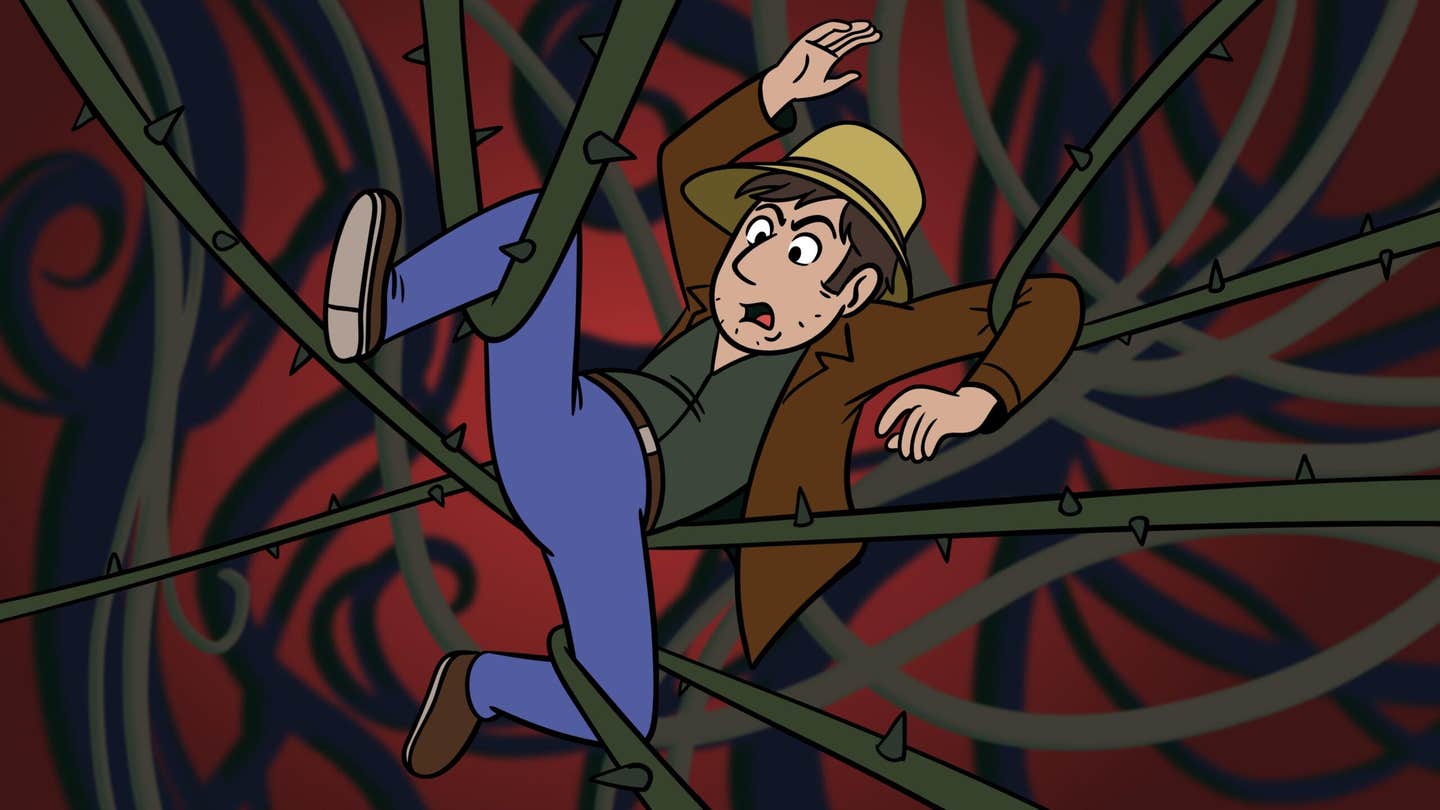Golden Sweet Snow Peas
My husband is the snow-pea fan in the family. He can eat stir-fry veggies 7 days a week and never tire of them. That’s okay by me, since he is…
My husband is the snow-pea fan in the family. He can eat stir-fry veggies 7 days a week and never tire of them. That’s okay by me, since he is the one doing the cooking. The problem that I have had with growing snow peas in the past is harvesting them soon enough. “If they get too big,” my husband told me, “they become tough, woody, and no good to eat.” Yep, he’s a snow-pea connoisseur.
So when I first saw the 'Golden Sweet' snow pea, I thought the color would be a great addition to his recipes. “Excellent for stir fry,” the description from Seed Savers Exchange read. Then it got even better.
You see, if you don’t harvest this delightfully sweet snow pea soon enough, you can just let it continue to grow and harvest it larger, then shell and dry the peas for soups. A win–win as he, and I, will also eat soup 7 days a week.
So when the time was right late last summer (peas prefer to produce in cooler weather), I planted a small row of seeds. They grew beautifully and tall, well over 6 feet high with the most gorgeous purple flowers. They were quite prolific; unfortunately, not one single snow pea made it to the house. I harvested them, I munched them. I tried, I really did; I wanted my husband to get to taste one. They were just that sweet and easy to eat. Needless to say there were none left for soup either.
“If they were really that good,” he asked, “will you grow more next year?”
So now he has had a chance to taste what I was albeit guiltily talking about. Snow peas so sweet they are like candy, so delightful and colorful in his stir-fry dishes. He loves them, and completely understands why he did not get a single taste last year. We also have intentionally left a few growing on the vine. Too big now to pick as snow peas, they will be ready for soup; and better yet, for an additional fall planting.
Botanical name:Pisum sativum
Yield: One seed will produce one vine bearing numerous pods.
Height: 6 ft. and more, trellis required.
Harvest: Best when harvested small, before inner seeds begin to develop; also harvest later for dry peas. Prompt harvesting will yield a more abundant crop.
Storage: Eat fresh; blanch for short term refrigeration or freezing. For soup peas, dry or dehydrate.
Gardening Jones is a master gardener in Pennsylvania. Learn more atgardeningjones.com/blog.
___________________________________________
Keep on top of your vegetable-garden tasks with the Week-by-Week Vegetable Gardener's Handbook.
Get started in vegetable gardening with Grow Great Grub.
Discover old-fashioned vegetable varieties that burst with flavor in The Beginner's Guide to Growing Heirloom Vegetables.
Diagnose and treat vegetable ailments with What's Wrong With My Vegetable Garden? This book includes only organic methods of treatment.


